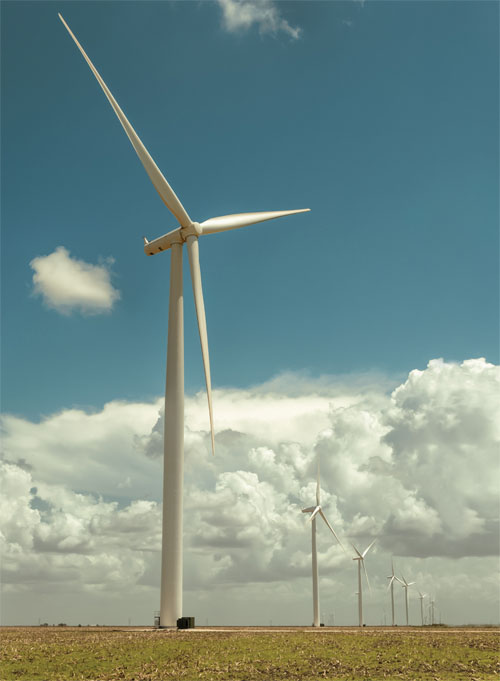 In response to the Liability crisis of the mid-1980s, during which capacity halved and premiums doubled, a pair of insurance companies formed to create new coverage solutions—and they ultimately grew into two of the largest insurance players in the world: Ace and XL.
In response to the Liability crisis of the mid-1980s, during which capacity halved and premiums doubled, a pair of insurance companies formed to create new coverage solutions—and they ultimately grew into two of the largest insurance players in the world: Ace and XL.
Taking its inspiration from the business models forged by these two pioneering companies a quarter-century ago, Energi Inc. commenced operations in 2006 with ambitious plans to address the full spectrum of insurance, reinsurance and risk-management needs of one of the toughest classes of business there is: energy companies.
Similar to its icons, Peabody, Mass.-based managing general agent Energi is part insurance-product innovator, part underwriter, part reinsurer, part risk-management consultant and part claims manager.
Recommended For You
Want to continue reading?
Become a Free PropertyCasualty360 Digital Reader
Your access to unlimited PropertyCasualty360 content isn’t changing.
Once you are an ALM digital member, you’ll receive:
- Breaking insurance news and analysis, on-site and via our newsletters and custom alerts
- Weekly Insurance Speak podcast featuring exclusive interviews with industry leaders
- Educational webcasts, white papers, and ebooks from industry thought leaders
- Critical converage of the employee benefits and financial advisory markets on our other ALM sites, BenefitsPRO and ThinkAdvisor
Already have an account? Sign In Now
© Touchpoint Markets, All Rights Reserved. Request academic re-use from www.copyright.com. All other uses, submit a request to [email protected]. For more inforrmation visit Asset & Logo Licensing.







